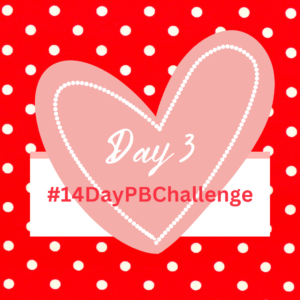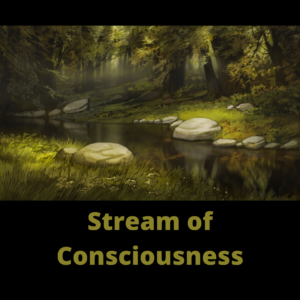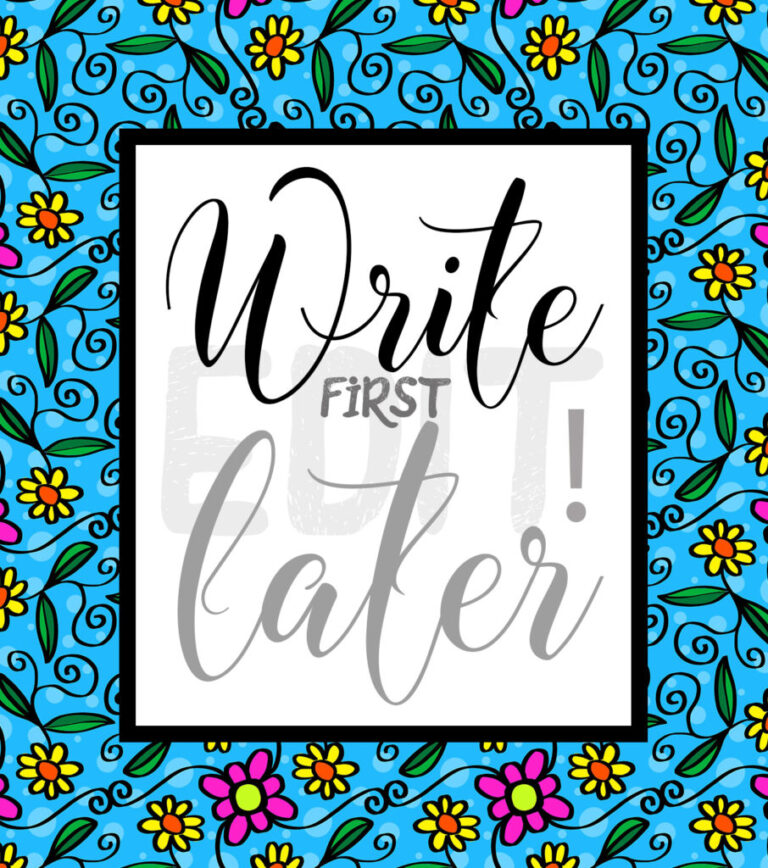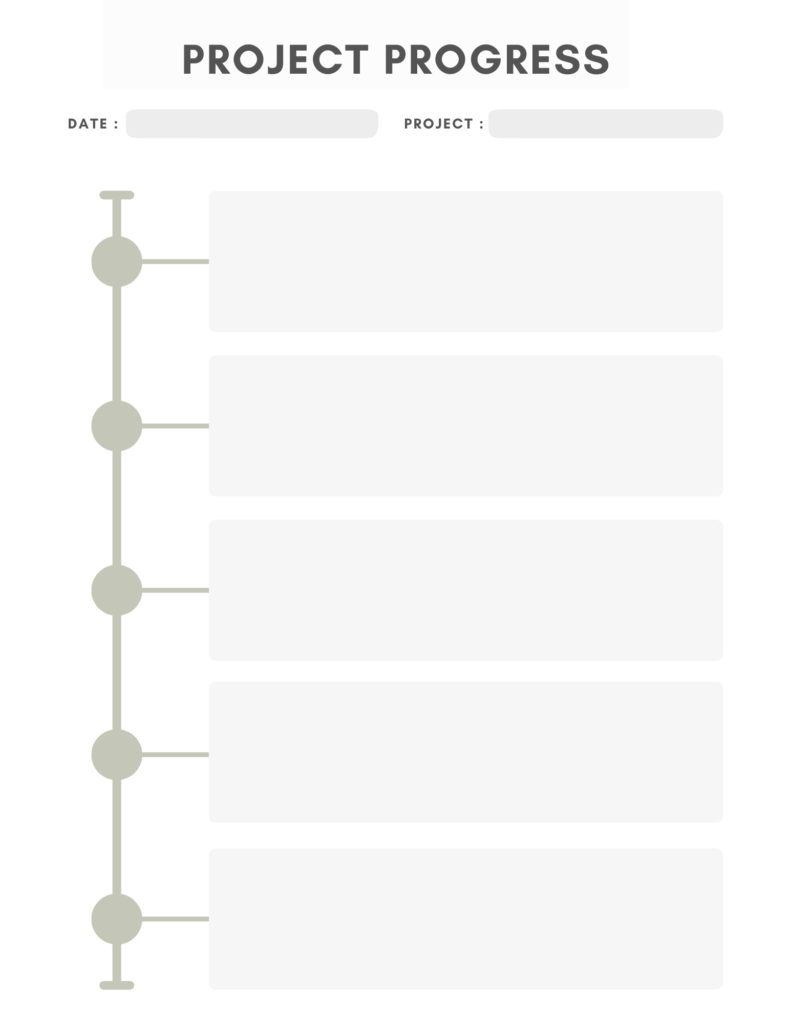
Today’s Priorities:
Write the First Draft of Your Picture Book
Write the First Draft of Your Picture Book In A Stream of Consciousness.
- Don’t over-analyze as you write.
- Don’t stop to correct your spelling or grammar.
- Just write.

Write in a Stream of Consciousness to Hush Your Self-Editor
Something about writing seems to intimidate and/or frighten many people. Writing in a Stream of Consciousness can help get you past that hurdle of fear of writing.

I wrote my debut picture book The Donkey’s Song in a stream of consciousness, and furthermore, I did it in rhyme. Because of that, I created some memorably unique phrases. I advocate stream-of-consciousness writing for literary reasons, but I also advocate it for other reasons:
I Write in a Stream of Consciousness to Hush My Self-Editor.
I Write in a Stream of Consciousness to Prime My Writer’s Pump.

How to Prime Your Writer’s Pump
1. Ask yourself what you are passionate about. Start there!
Initially, you might not be able to recall any of your passions. You might think that life has kicked all of the passion out of you, but you are wrong. If that were true, you wouldn’t be here, sitting in front of the computer, trying to decide what to write. You would still be vegetating in front of the television. You are still alive. Dig deeper.
Check Out My List of Picture Book Ideas:
#14DayPBChallenge – Day 2 – February 2023 – A List of Ideas for Picture Books?
2. Overcome Lethargy
Perhaps you feel that you are sinking in the quicksand of your own lethargy. Writing in a Stream of Consciousness approaches writing in a Just-Do-It fashion.
3. Write First – Title Later
When I begin writing a piece, I refrain from titling it. In fact, I do not title anything until I finish writing the piece entirely. Titling is a Writing-Stopper. A title is like a straight jacket. If you try to title first, you limit yourself because you write trying to confine yourself to the topic of the title. During the Stream of Consciousness phase of your project, just write, let the title spring from the writing. We’ll tighten up later, but writing in a stream of consciousness is a way to explore what’s in your mind. Begin to say what you want to say what pops out of your mind, and allow your writing to evolve. Then title.
4. Allow Your Intuition to Do the Heavy Lifting of Your Writing
Michelangelo alluded to the artist’s intuition in saying that his sculptures lay within the stone and in sculpting, he merely followed the path that he sensed within the rock. Michelangelo was talking about the process of allowing his intuition to speak to him and to coach him as he created, thus creating his art for him. Over the years, I have written the following about intuition:
“I cannot overemphasize the importance of intuition in any type of art form. Countless artists and painters speak of an intuitive force that operates within them when they create. Everyone is born with intuition, but socializing and educating a child have a way of squeezing the intuition out of him. Although it would be better if none of us ever lost our inner radar, intuitiveness can be reawakened.” – Jacki Kellum
In creating art, something speaks to the artist and that something should be allowed to lead the way. By listening to that something–that inner voice–one is able to distil one’s own vision. – Jacki Kellum
“Intense listening with one’s inner ear–the intuitive ear– is a vital part of sharpening one’s inner eye—and thus, of extracting a piece’s inward significance.” – Jacki Kellum
“Intuition and the Inner Artist are linked. Intuition is the instinctive way that one’s inner artist views and responds to life. When a painter allows intuition to guide him, the painter himself becomes a vessel and the art flows through the vessel.” – Jacki Kellum
Knowing why one does this or that while creating is not important–just doing is the key to becoming. Making art is an intuitive response. – Jacki Kellum
5. Don’t Worry About What Everyone Else Is Thinking about Your Writing. Don’t Write What You Hope Will Get You a Heart on Social Media. That route pushes you and your writing into a black and bottomless hole.


7. Turn Off Your Self-Editor
Write first. Let it flow. Just talk. Spell later. As you begin to write, don’t worry about spell check at first. Getting stumped by spelling is another Writing-Stopper. Write first–then spell-check; then correct the spelling. Whatever it takes, do it, but don’t let your editing strangle your writing.
8. Track the Progress of Every Writing Project. As soon as you have written your first draft, you have completed step 1 of your mission to write and get a picture book published. Record it. Give yourself a Star!

Discover more from Jacki Kellum
Subscribe to get the latest posts sent to your email.